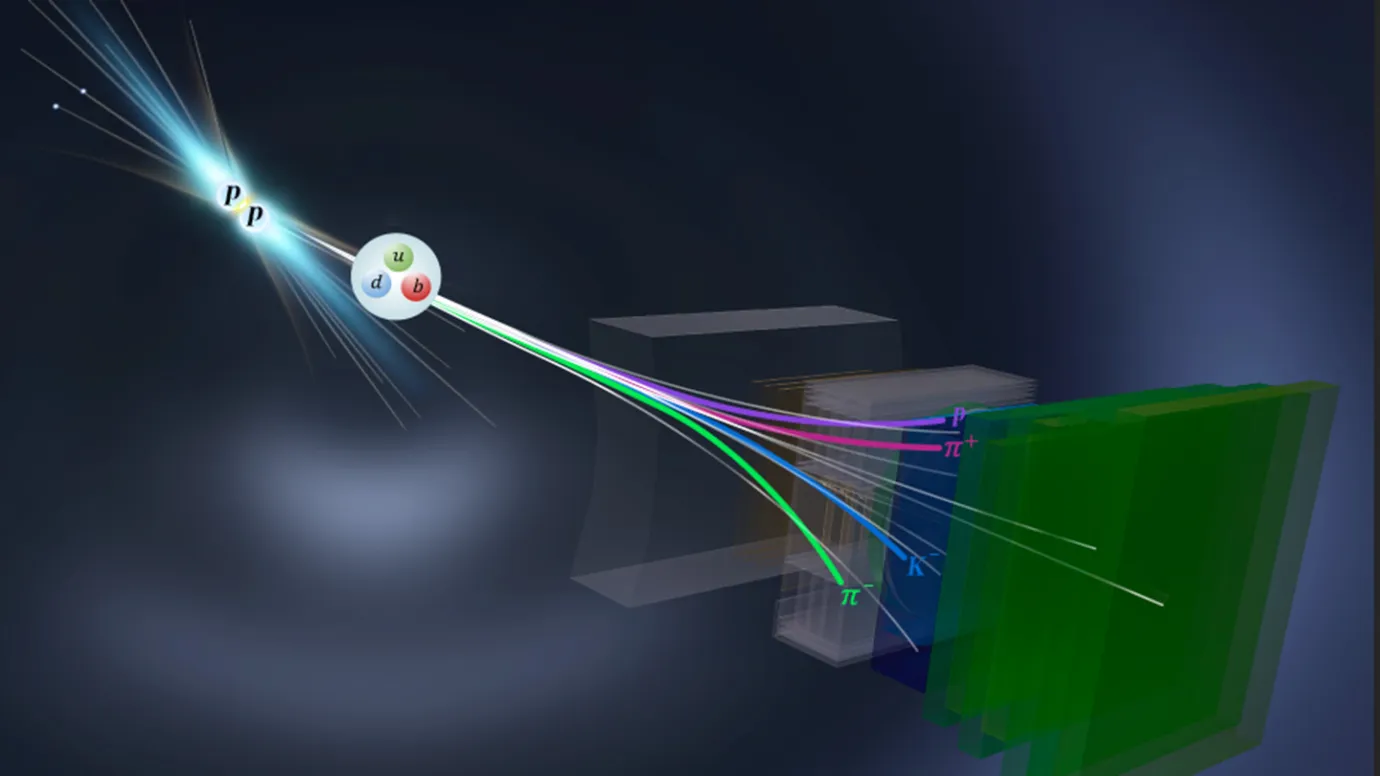



A Soyuz spacecraft launched from Kazakhstan’s Baikonur Cosmodrome, marking the 80th anniversary of WWII’s end. It carried one American astronaut and two Russian cosmonauts to the ISS. Operating since the 1960s, Soyuz is the longest-running human spacecraft program, featuring three modules and launching on non-reusable rockets.

Copyright infringement not intended
A Soyuz spacecraft launches from Kazakhstan's Baikonur Cosmodrome.
A Soyuz spacecraft recently launched from Kazakhstan's Baikonur Cosmodrome.
It was decorated to honor the 80th anniversary of the end of World War II.
This spacecraft carried one American astronaut and two Russian cosmonauts to the International Space Station (ISS).
The Soyuz spacecraft is a Russian vehicle that has been used since the 1960s to take astronauts and cosmonauts to space.
It holds the record for being the longest-operating human spacecraft program in history.
The name "Soyuz" means "union" in Russian. Although it was first designed by the Soviet Union, it is still used today with many upgrades.
Its main job is to ferry crews to and from Earth-orbiting space stations like the Salyut stations, Mir, and now the International Space Station (ISS).
The Soyuz spacecraft launches on top of Soyuz rockets, which have successfully launched over 1,680 times, including satellites and crewed missions.
The spacecraft has three main parts:
Neither the rockets nor the spacecraft are reusable, so each mission uses a new spacecraft and rocket.
Source:
|
PRACTICE QUESTION Q. The privatization of space exploration raises concerns about the "tragedy of the commons." Discuss how international treaties like the Outer Space Treaty (1967) need to evolve to address these challenges. 150 words |











© 2025 iasgyan. All right reserved